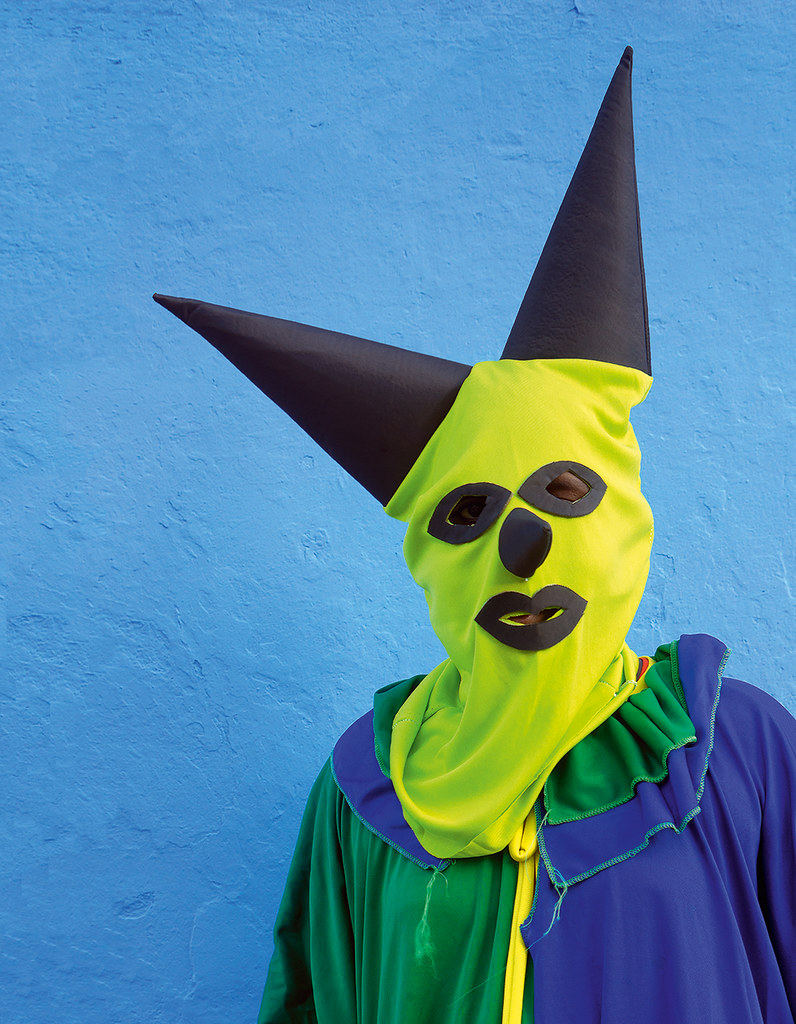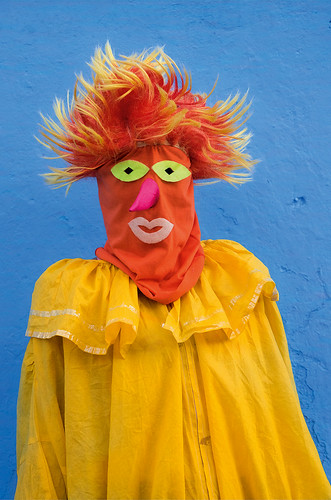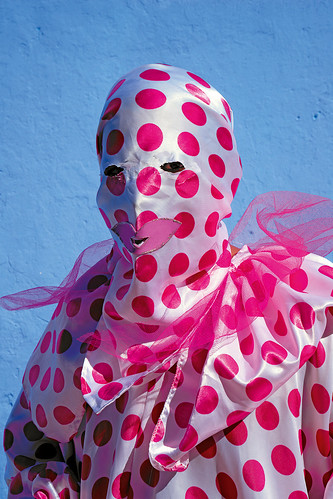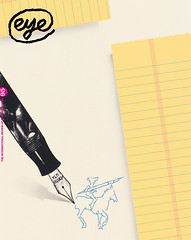Winter 2017
Masks and mayhem
João Farkas uncovers a little known side of Brazilian tradition in his vivid photographs of carnival costumes in the city of Maragojipe

For the past five years, the Brazilian photographer João Farkas has travelled during carnival to Maragojipe, a small city in the north-eastern state of Bahia, 90 miles from the state capital, Salvador. With a population of nearly three million, Salvador is the largest black city outside Africa. Although it was the focus of the slave trade from the sixteenth to the eighteenth century, it is now, happily, a place of racial and cultural hybridisation.
Bahia, along with the state of Pernambuco, is the Brazilian region with the richest folk traditions – parades, festivals, dances and local customs are myriad. Masks and costumes are part of the carnival tradition: Bahia’s distinctive local contribution is the caretas figures with two large pointed ears and a pointed nose. The origins of the caretas go back more than a century, and are probably linked to Iberian traditions. Across the state, caretas scared children and played tricks under cover of anonymity. But gradually they disappeared, being replaced by other costumes, bought off the peg or made under the influence of the carnivals of the big cities, Rio de Janeiro or Salvador.
Photographs by João Farkas.

But Maragojipe held out. For no obvious reason, this city has maintained a lively tradition of street carnival, during which almost all its 20,000 inhabitants go out to play and fantasise.
Three aspects of the caretas impressed Farkas: their colour; their exuberance; and the creativity of makers with limited means. A careta costume does not require much: the main thing is to cover the whole body (including hands, feet and neck), often using the cheapest materials. A falsetto voice helps the disguise, freeing the carnival-goer to play in safety and anonymity.

Having stumbled upon a blue-painted wall in one of Maragojipe’s streets, Farkas turned it into an impromptu, open-air studio for the portraits he made in the city at carnival time. In his exchanges with his subjects, Farkas makes it clear that he is recording their costumes as a way of paying respect. Everything is done to make them feel that they are co-authors of their portraits.
The result is this magnificent collection of photographs, which shows an authentic, exuberant and unique aspect of Brazil’s popular culture.
Felipe Taborda, graphic designer, Rio de Janeiro
First published in Eye no. 95 vol. 24, 2018
Eye is the world’s most beautiful and collectable graphic design journal, published quarterly for professional designers, students and anyone interested in critical, informed writing about graphic design and visual culture. It is available from all good design bookshops and online at the Eye shop, where you can buy subscriptions and single issues. You can see what Eye 95 looks like at Eye Before You Buy on Vimeo.

